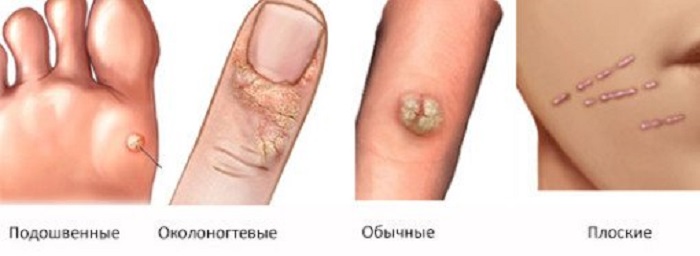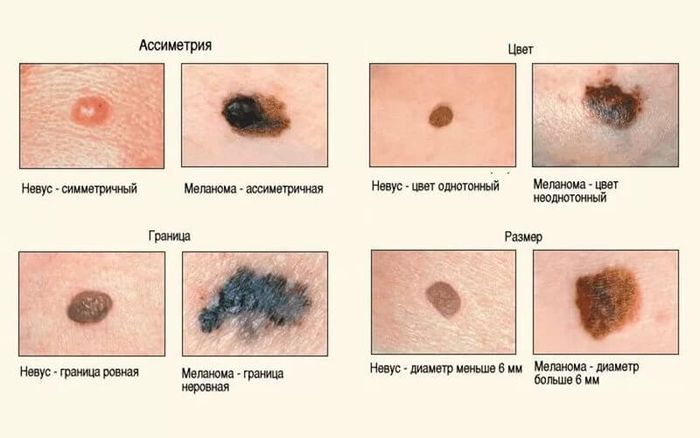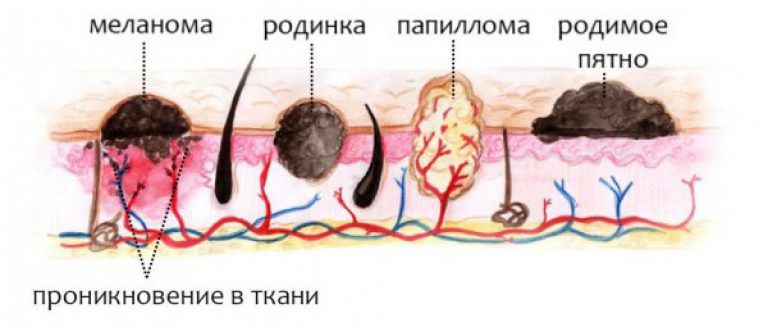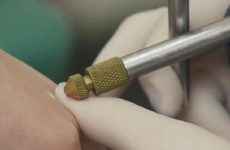Today, such a disease as papillomavirus has not been fully studied, it is only known that it belongs to chronic pathologies, which cannot be permanently eliminated .
Under the influence of favorable factors, rashes characteristic of HPV in the form of warts begin to appear on the human body.

Typically, such growths do not cause inconvenience, they do not hurt or bother, but when a favorable environment is created, there is a threat of their development into cancerous growths. That is why it is so important to determine whether a wart is on the body or not.
Содержание:
How to figure out what kind of growth it is: how to determine?
Papillomas can be identified by their appearance. They are divided into the following forms:
- Simple – the most common growths that appear mainly on the fingers and toes, less often on other parts of the body. Outwardly, these are yellowish or brown skin growths with a rough surface. The size of such formations is from several mm to two cm. Often they can be seen in children, another name for such formations is vulgar or common warts.
- Acrochoids – such papillomas have thread-like legs. Hanging formations can merge with each other and have a light pink or brown color. You can find them under the armpit, under the breasts in women , on the face or on the neck.
- Flat – these are small nodular formations in diameter reaching several millimeters. They can be smooth or scaly. They are localized on the back of the hand, on the face and even in the mouth. Less commonly, flat warts appear on the male genital organ. More common in adolescence.
- Genital warts are well-marked papillae whitish or pinkish in color. If they are located in the place of friction, they quickly become red and are able to be damaged and bleed. If such formations merge into a single whole, then outwardly they resemble cauliflower or rooster combs. Places of localization – at the anus, external genitalia, inner thighs.
- Plantar or palmar – outwardly resemble corns. They cause pain and are difficult to treat.
- Keratomas are senile papillomas. The growths are rough, rounded or irregular in shape.

What can be confused?
Plantar warts are usually confused with corns. The differences are as follows:
- The corn has impaired circulation, so it takes on a white color, blood continues to circulate in the wart, and it has a pinkish tint.
- When touching the callus, nothing is felt, since the tissues in it have died, plantar growths cause discomfort.
- Hemorrhages can be seen under the layer of the wart, which is not the case with corns.
A wart can be confused with a mole. Usually, the color of the mole is brown, while the papilloma has a pink or flesh-colored base. The nevus has a uniform surface, while the papillomas are bumpy and rough.

Warts are distinguished by crowding and merging, if this happens with moles, then you need to see a doctor, as this threatens with an anomaly in their development. Finding out the difference between a wart and a mole is extremely important, since it is dangerous to remove moles, but papillomas are highly recommended.
Pimples are also often confused with papillomas. In order not to confuse warts with such formations, you need to inspect the site. Usually pimples are pink, do not have a stratum corneum. This is the main difference between them and papilloma.
In addition, acne can spread to large areas of the body, while warts are localized strictly in certain places: in the armpits, on the genitals, neck, face, etc.

What kind of doctor can help recognize, find out?
With skin problems, you should consult a dermatologist. It can distinguish papillomavirus warts from other skin growths. If there are suspicions of their oncogenicity, the specialist will prescribe various diagnostic measures.
Are they dangerous?
Warts can be dangerous, since the papilloma virus is the provocateur of their formation. Most people on the planet are carriers of this virus and, if it is in a dormant state, it does not bring any harm to the body.
When it is activated under the influence of certain factors, warts may appear on the body. These growths are painless, but when rubbed or exposed to the outside, they can cause discomfort.

Not all papillomas are harmless; there are strains of the virus that can lead to cancer. Therefore, it is very important to visit a doctor and undergo an appropriate diagnosis.
The following circumstances may be especially dangerous:
- growth and color change of education;
- itching and bleeding at the site of the growth;
- the wart became swollen and looked like a shapeless spot;
- a sharp increase in numbers.
In addition, if left untreated warts , then self-infection occurs, as a result of which the growths spread throughout the body.
What can become malignant?
Only after determining the strain of papilloma will it be possible to find out whether it is capable of causing cancer. There are different types of growths that belong to a specific category that causes cancer.
For example, strains 16 and 18 with a protracted course of the disease can lead to cancer of the oral cavity, as well as male and female genital organs. In the presence of condylomas of type 6 or 11, there is also a risk of their degeneration into a malignant formation.
Even if the analysis did not show their oncogenicity, all the same, such growths require immediate treatment, since they become sources of infection that can spread if they are injured.
Doctors in most cases recommend removing warts. In addition, it will be necessary to restore the immune system, since such growths appear against the background of a decrease in the body’s defenses.







